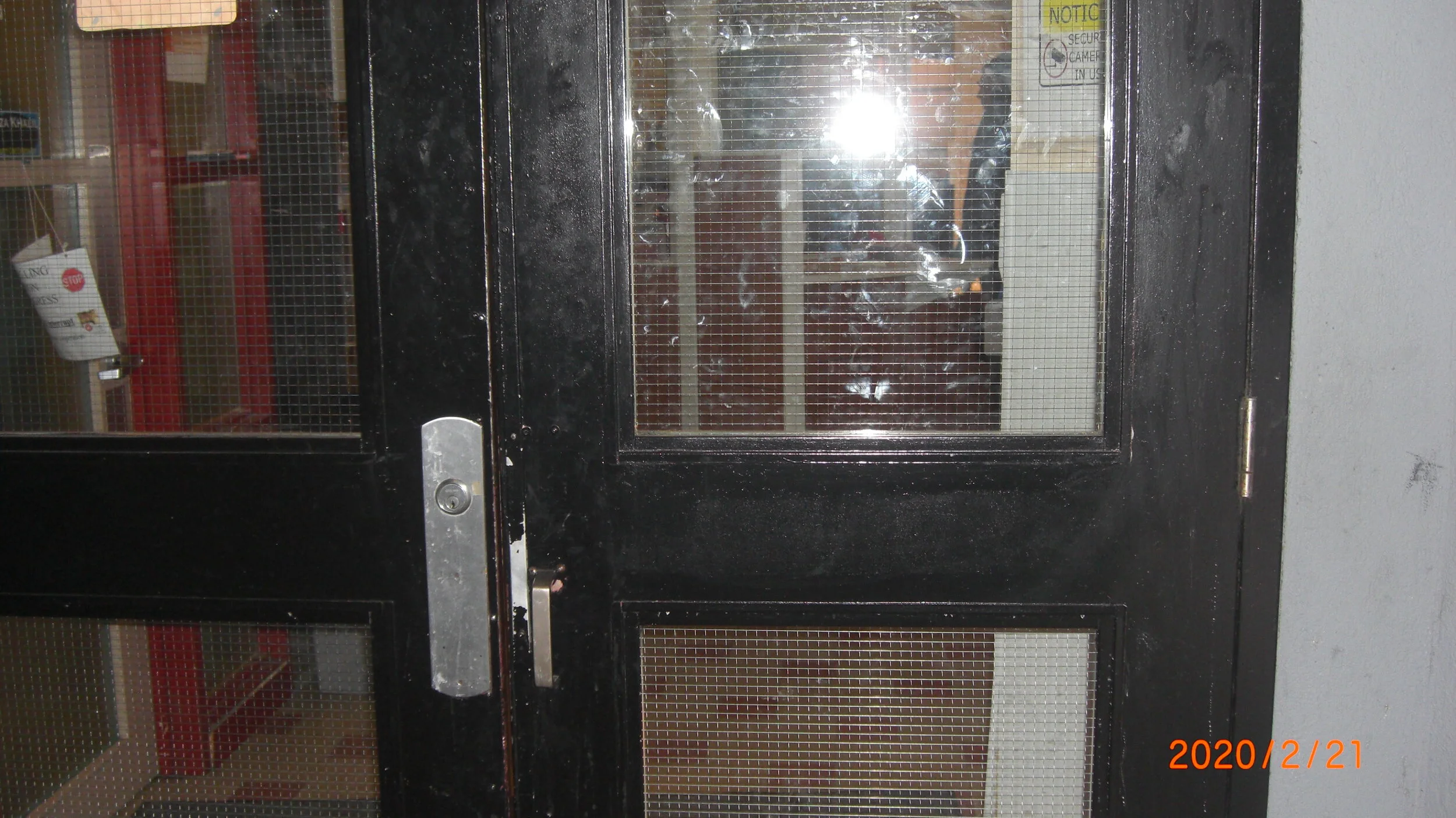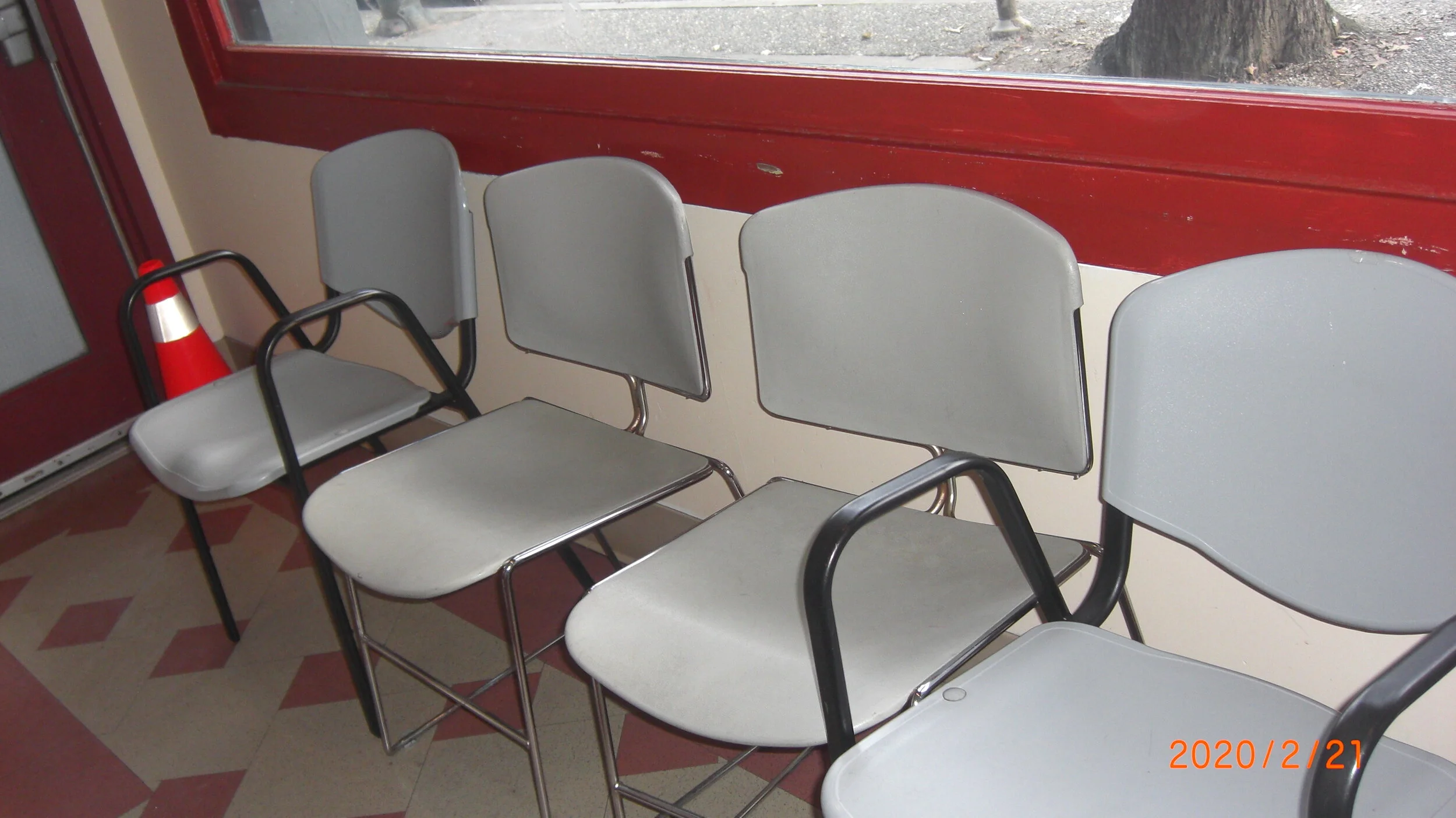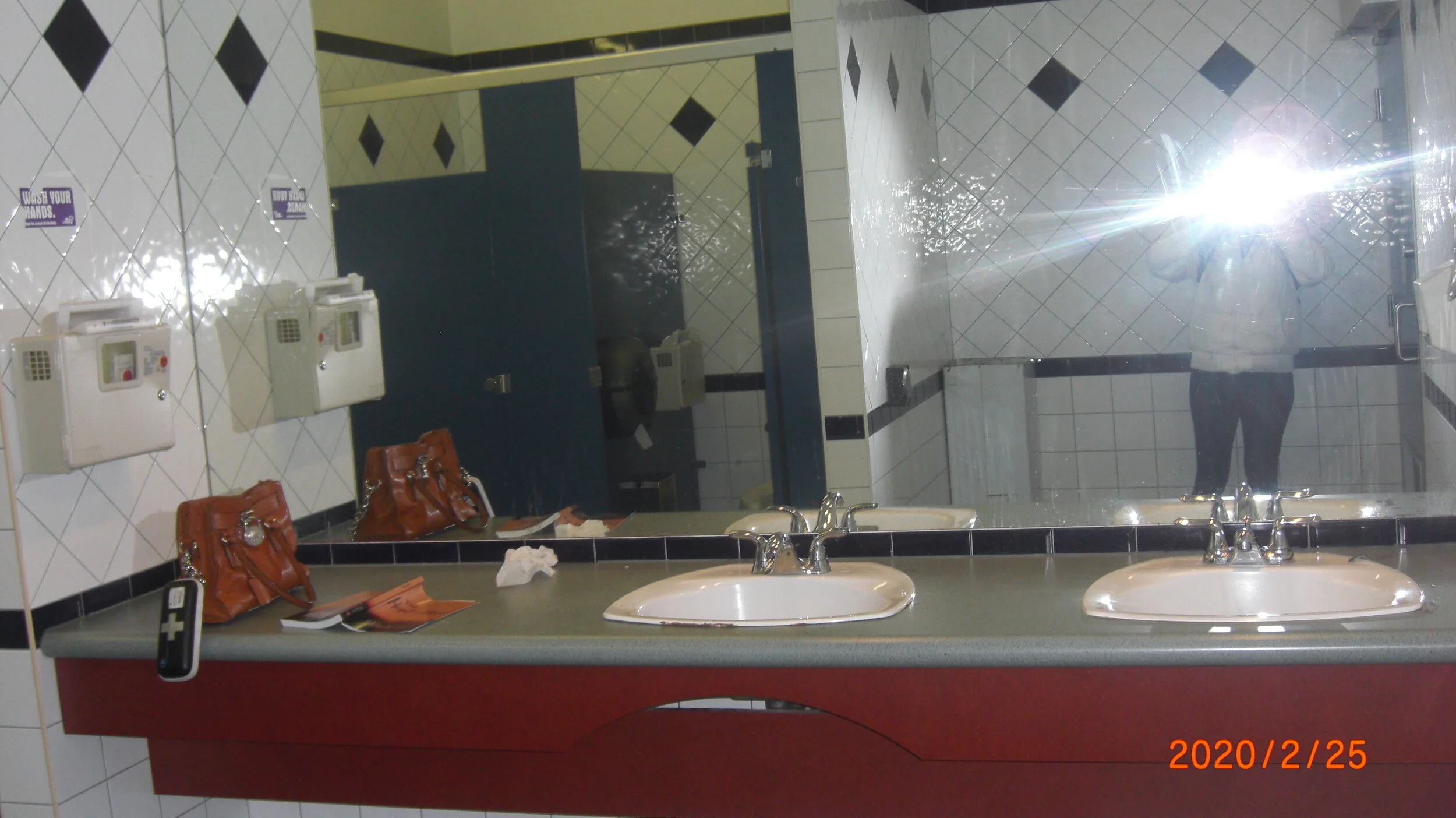Equity Walk-Throughs
The Peer Advisory Circle members were brought on Equity Walk-Throughs through the 3 DTES clinics (Pender, Heatley & DCHC). Four peers participated in total. They reflected on questions of what made them feel seen, welcomed, safe or otherwise.
A full list of the questions and Equity Walk-Through Tool can be found here:
https://equiphealthcare.ca/files/2019/12/Equity-Walk-Through-Exercise-March-23-2018.pdf
10 Things: Creating a Welcoming Environment found here:
https://equiphealthcare.ca/resources/toolkit/10-things-creating-a-welcoming-environment/
Entrance
Points raised:
Cannot tell from outside that they’re clinics
Lots of activity at entrance intimidating
Concerns about cleanliness
Closed gate can be understood as clinic is closed; be triggering; or be considered supporting of safety from violence.
Solutions:
More obvious, brighter, lighter signage outside
Entrance areas kept clean of dirt and clutter
Having CSA & other staff to indicate clinic is open, to welcome people in, and to address problematic behaviour.
Front of Clinic Contact
Points raised:
“We got lost down here and couldn’t find the place.”
“Smiles when you first walked in.”
Staff having personal conversations with other staff in client use areas.
Solutions:
Staff are available to welcome and direct clients as they come in.
Awareness and use of positive body language.
Client-centered conversations in client use areas.
Waiting Area
Points Raised:
A lot of busy information, signs, not well-organized, outdated, not positive.
Lack of inclusive signage/messages.
Loved the chalkboard.
Seating too close, hard to move, intimidating.
Male aggression toward gender marginalized clients with little or no intervention.
Solutions:
Process for monitoring signage, what gets put up or taken down.
Inclusive, accepting, welcoming signs, messages & art.
Chalkboard or other shared communication space for engaging patients.
Seating spaced out so that one does not have to sit next to someone.
Staff intervening when there is violence.
Treatment Rooms
Points Raised:
“[The Sacred Room] feels very safe - I would love to take my grandchild here.”
[Pender group room]: loved the wall colours, loved the clients’ art.
Lights sometimes too bright, or not bright enough.
“When they take your blood out of you and there is people walking by and they stare right at you. And it’s like, ok, this is private.”
Clinical spaces can be triggering of past bad experiences.
Solutions:
More sacred spaces.
Effort put into art & pictures on the walls, plants in the space appreciated.
Different lighting options.
Ensure privacy & confidentiality.
Being mindful that clients have been traumatized in clinical spaces, naming it, and checking in about options to enhance safety.
Washrooms
Points raised:
Sometimes washrooms are not clean, hygienic or accessible.
Male staff entering female washrooms is triggering.
Gendered washrooms are sometimes unsafe for trans & non-binary folk.
Early closure of washrooms (at 5pm) was perceived as stigmatizing of homeless folk
Solutions:
Clean, hygienic and accessible washrooms.
When doing washroom checks please ensure that female staff are checking female washrooms.
Staff need to address gender policing regarding washroom use.
Clinics need to assess washroom accessibility & closures.
VCH document on washrooms & safety:
http://www.vch.ca/Documents/DTES-Washroom-Design-and-Use-Recommendations.pdf




